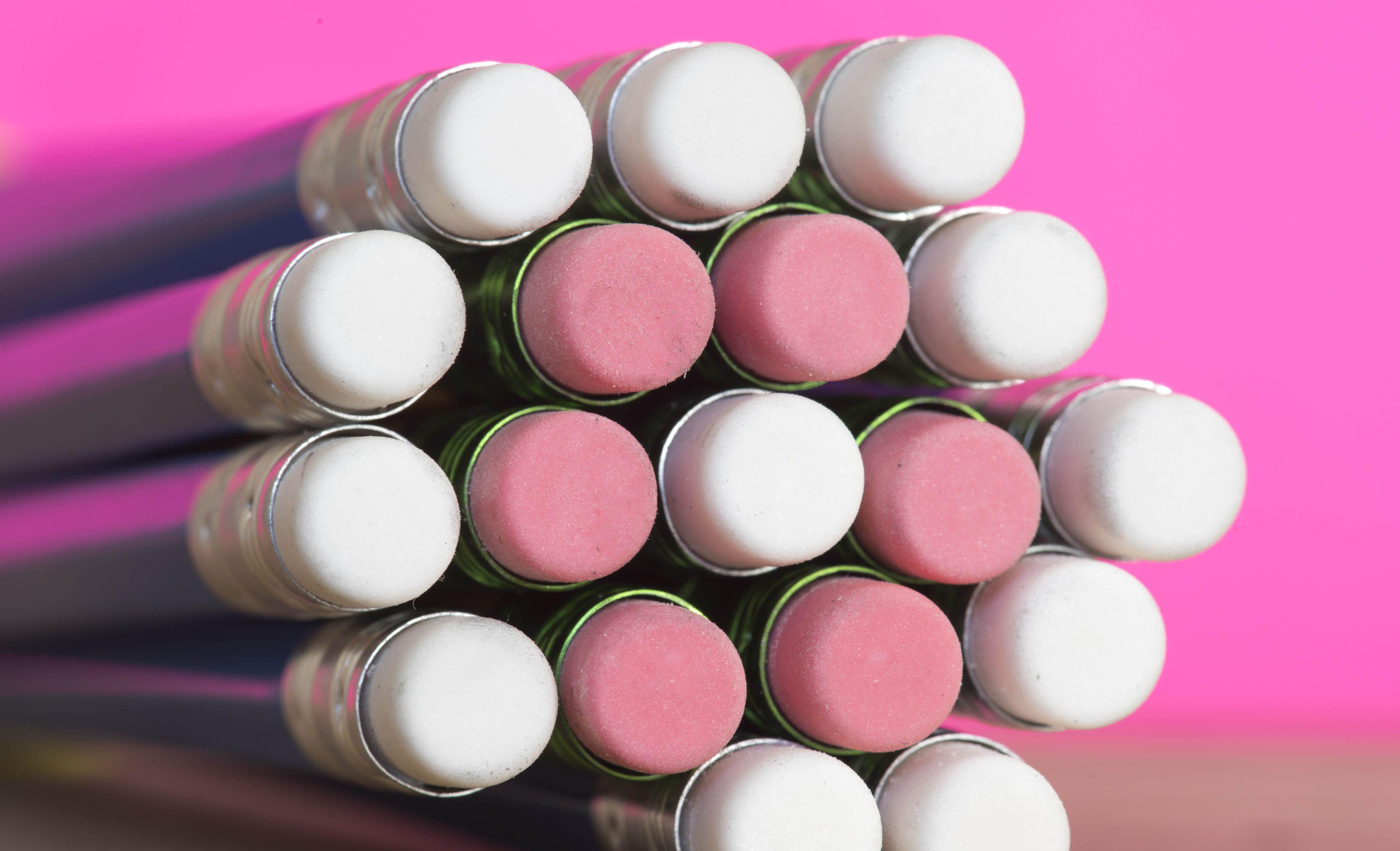
From childhood to adulthood, I have not used up an eraser, and I have lost it for some reason, and it is estimated that it is precisely because of this that there is a song at the same table where the old wolf "asked me to borrow half an eraser". As a tool to erase the imprint, the invention of the eraser went through a process from bread to rubber.
Pencils have a history of about 400 years, erasers appeared about 200 years later than pencils, and in the two hundred years before pencils and erasers met, pencil marks were erased with bread or sponges. It is not so much to erase the imprint, but to rely on friction to make the graphite trace fade and disappear. It was not until the end of the 18th century that people officially began to make rubber from rubber.
Long before Europeans arrived in the New World, people in Central and South America had begun to use rubber, a liquid known as the "weeping tree" that the Indians used to make elastic leather balls, or to glue tools, clothes, and some people poured rubber into molds to make shoes and various containers.
When Columbus discovered the South American continent in 1493, he saw various rubber products in the local area, but it was not until about 300 years later that Charles de la Condamine officially described rubber in his book "Travels to the Interior of South America", calling it "caoutchouc", that is, latex, a milky liquid produced under the bark of the tropical regions of the New World, and brought rubber samples back to Europe.
In 1770, the British scientist Joseph Priestley stumbled upon the fact that rubber could erase the handwriting of pencils, and issued a statement saying, "To witness rubber erasing pencil handwriting, you only need to buy a small piece for three shillings." Thus, in Britain, rubber began to become known as a magical item for erasing handwriting, and gave it a new name , "eraser."
It was not until the end of the 19th century that pencils and erasers were always separated, and in 1858 prototypes of pencils with erasers appeared. At that time, a man named Hyman Lipman in Philadelphia applied for a patent, he carved a groove in the tip of a pencil and then glued the eraser to the groove.
But the patent was later withdrawn on the grounds that the pencil and eraser were simply glued together and did not make any improvements to the functionality of the two, so it could not be patented. The decision is bad news for Lipman, but for many pencil producers, new business opportunities are on the horizon.
In 1867, J. Blair B. Blair) invented a hollow eraser that could be inserted into a pencil, and the pencil production giant Eagle immediately pocketed the invention and quickly put it into production, and a pencil with an eraser was officially introduced and became very popular. To this day, about 90 percent of pencils in the United States are erasered, and pencils without erasers are more common in Europe.
Today's rubber, rubber is still its main raw material, including natural rubber and synthetic rubber two. Synthetic rubber is made of styrene and butadiene, zinc oxide and titanium oxide can make the eraser white, iron oxide can make a red eraser, and various organic dyes make the eraser colorful.
What do you think of the earliest eraser was bread? Welcome to leave a message and share.
Please follow, like, comment, and read a little bit every day!